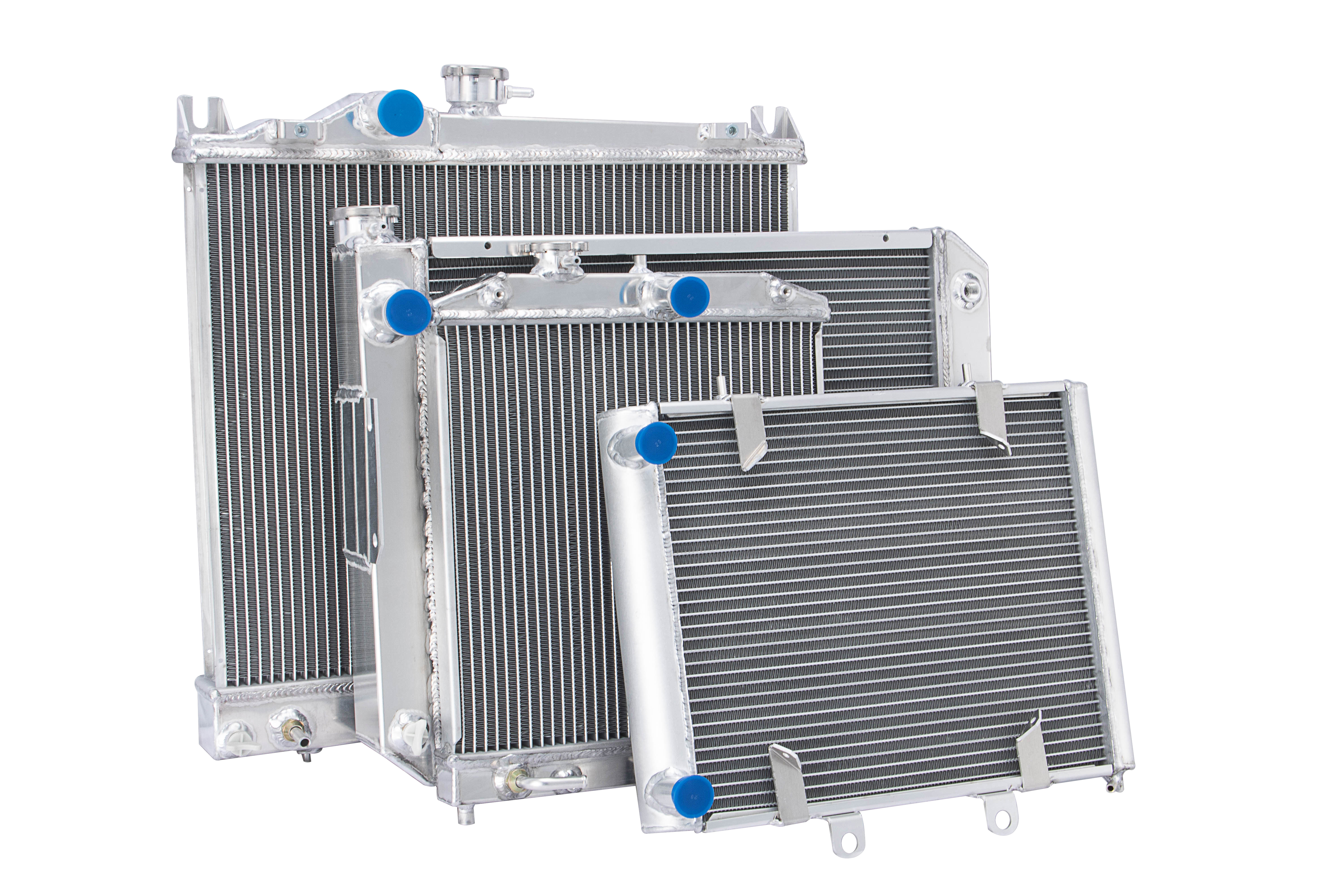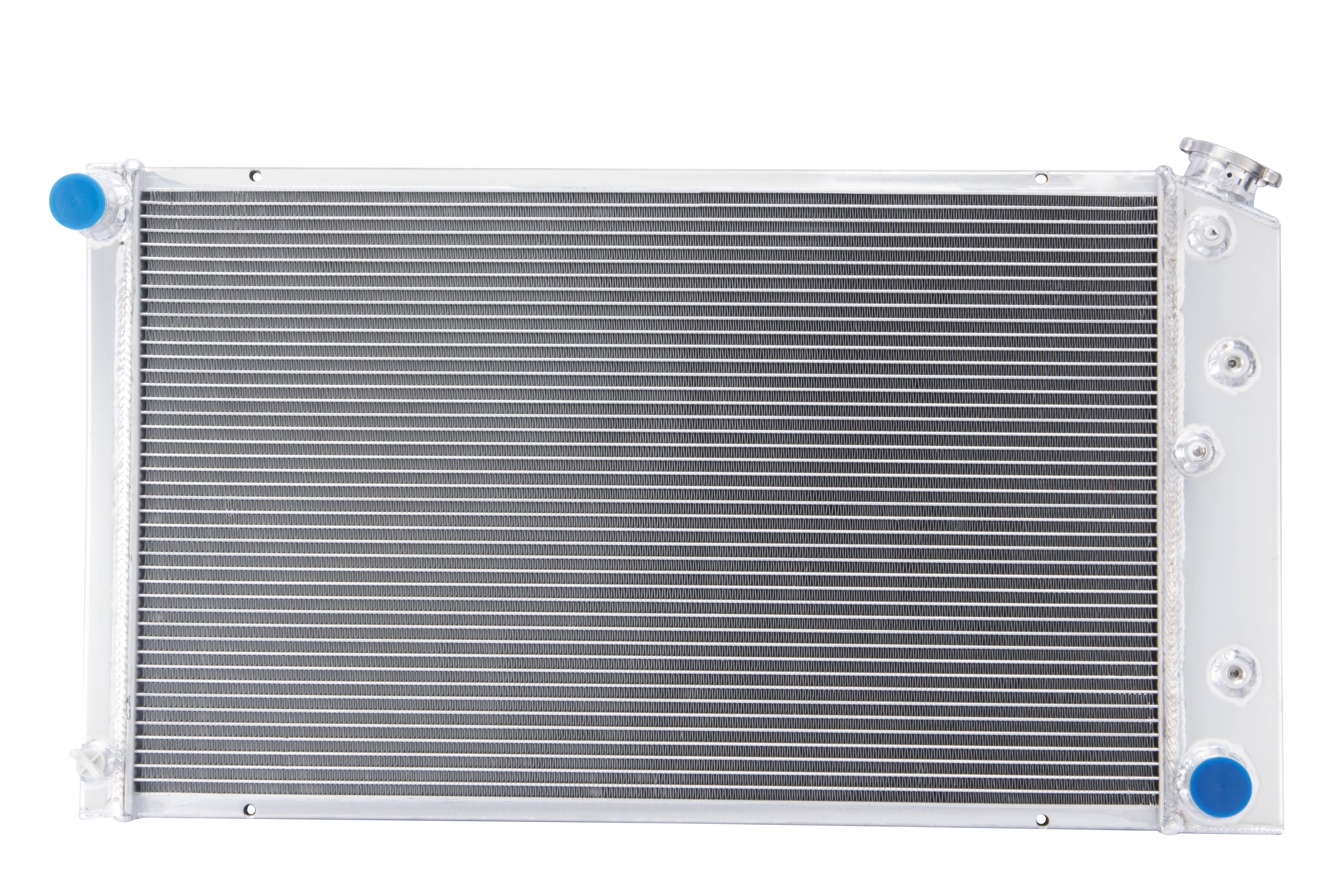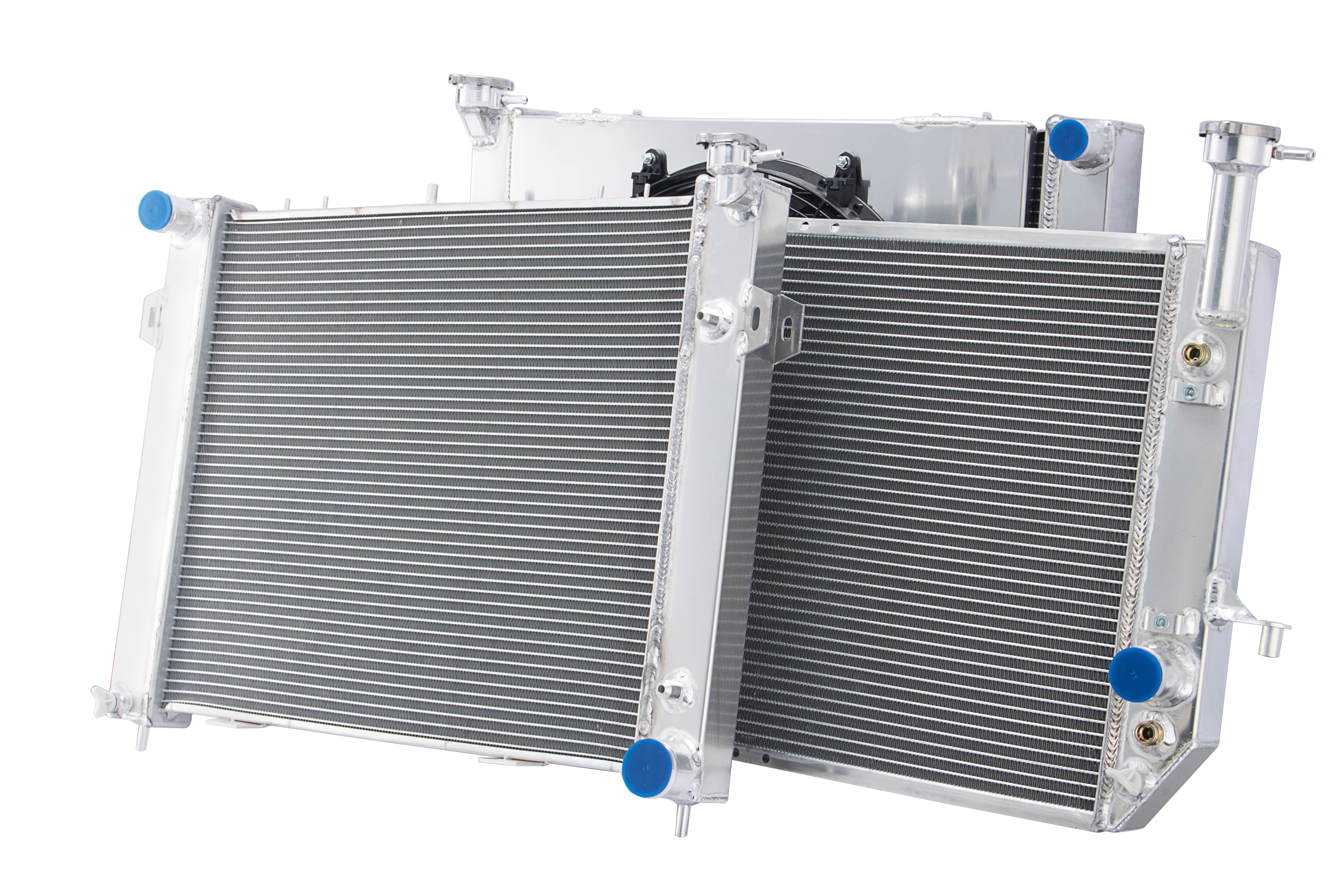car radiator fan
A car radiator fan is a crucial component of a vehicle's cooling system, designed to maintain optimal engine temperature during operation. This essential device consists of multiple blades mounted on an electric motor, working in conjunction with the radiator to regulate engine heat. The fan draws air through the radiator core, facilitating heat exchange between the coolant and the ambient air. Modern radiator fans feature advanced electronic controls that automatically adjust fan speed based on engine temperature, ensuring efficient cooling while minimizing power consumption. These fans can operate in either a pull or push configuration, with some vehicles utilizing dual fan setups for enhanced cooling capacity. The technology incorporates temperature sensors and control modules that communicate with the vehicle's engine management system, enabling precise temperature regulation. High-quality radiator fans are constructed from durable materials such as reinforced plastic or metal, designed to withstand extreme temperatures and continuous operation. The integration of brushless motors has significantly improved reliability and reduced maintenance requirements, making modern radiator fans more efficient and longer-lasting than their predecessors.


